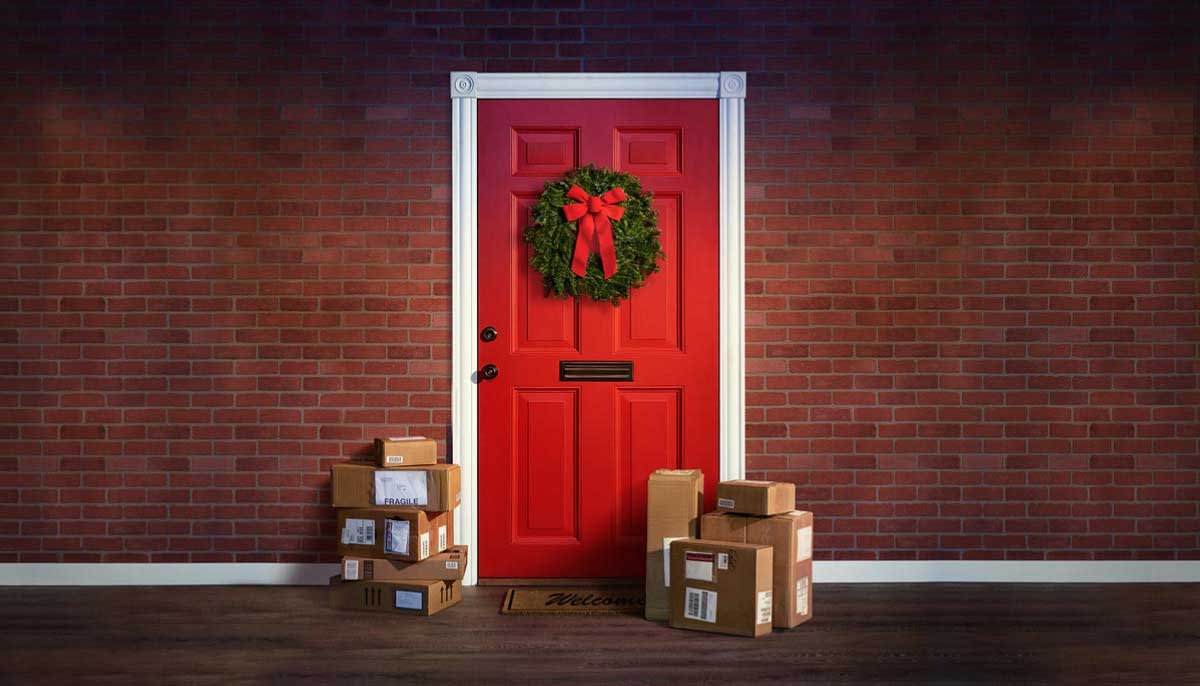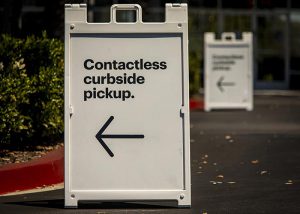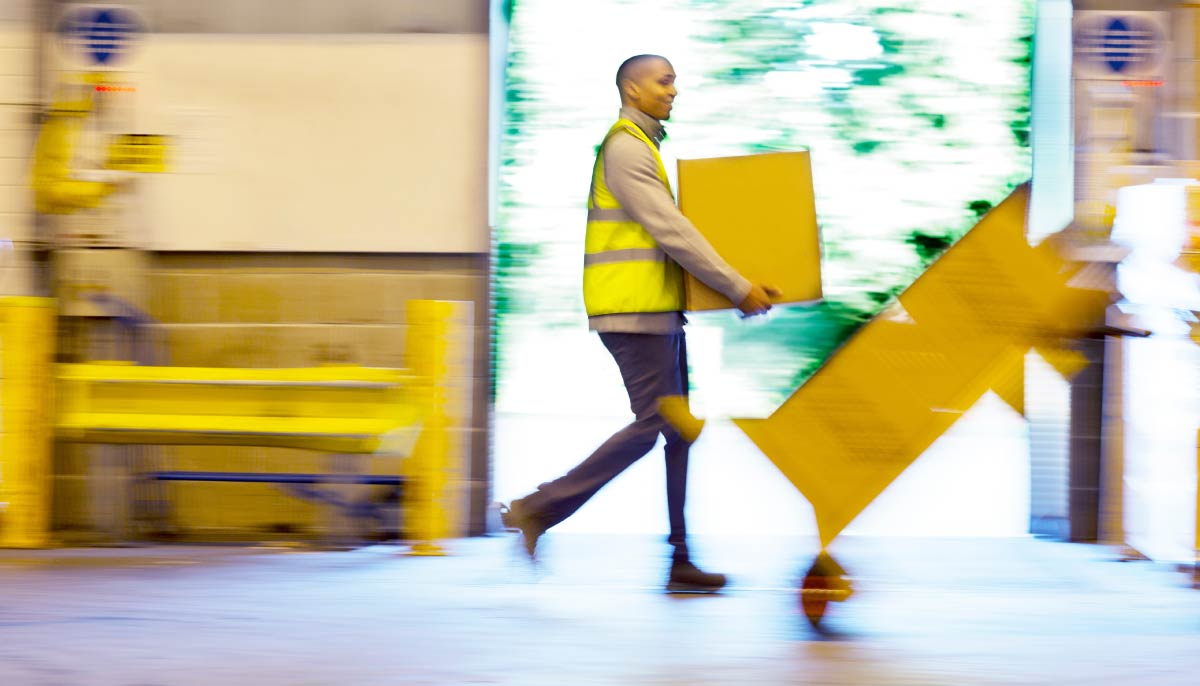
Three Solutions to this Holiday Season’s Last-Mile Delivery Dilemma
The upcoming holidays will be unlike any before, and brands must adapt accordingly. These unusual circumstances need to be met with creative solutions to ensure customer experiences do not skip a beat.
Among the many issues plaguing retailers this holiday season is the conundrum of last-mile delivery. With expected carrier delays due to increased eCommerce volume and surging transportation costs, retail brands must find a strategy to remedy this problem.
Aside from ordering an item online, delivery is the only other direct touchpoint a consumer will have with your brand. Variables such as carrier delays or transportation costs will be associated with your company if they negatively impact shoppers this holiday season. In this article, I will walk through a few ways to avoid this scenario by looking at alternative last-mile delivery options that will keep both consumers and brands happy.
Shorten the Supply Chain via Micro-Fulfillment
By reducing transit time for goods as much as possible, brands can remove much of the uncertainty involved in last-mile delivery. This helps to solve two big problems many brands are facing this holiday season: shipping delays and increased transportation costs.
With expected eCommerce volume at three times normal capacity, carriers are expected to experience delays in delivery times (1). Additionally, many are adding holiday surcharges based on distance, volume and proximity to the holidays.
To avoid these negative scenarios, retail brands should embrace alternative options like micro-fulfillment. This shortens the supply chain by dispersing product across various micro or pop-up distribution centers. Thus, transportation distances and shipping costs are decreased. Brands can leverage their existing infrastructure in new ways while delivering an optimal fulfillment experience for the holidays. This is crucial as over 700 million holiday packages are at risk of not arriving on time, according to Salesforce (2).
A New Application for the Gig Economy
Another solution this holiday season is tapping into the gig economy. Ridesharing platforms like Uber and Lyft, as well as food delivery apps DoorDash and Postmates, have risen as viable solutions to the last-mile delivery dilemma (3).
Many of these platforms already have a robust food delivery complement, so applying the same strategy to eCommerce fulfillment is a natural progression based on current market demands. This is a trend to watch as this holiday season will serve as a great litmus test for the role of the gig economy in last-mile delivery moving forward.
Shoppers should not be surprised if their packages are dropped off by a ridesharing platform as opposed to the typical carrier truck. The gig economy offers a more agile delivery solution and helps to localize the supply chain even further.
Expanding BOPIS and Curbside Capabilities
For shoppers who are disappointed in recent brick-and-mortar retail closings, the next best thing is a great experience with Buy-Online, Pick-Up in Store (BOPIS). Shoring up curbside pick-up should be a key priority for brands during the holidays and moving forward into 2021.
 This option is safe for consumers and eliminates issues with transportation delays and surcharges. However, omnichannel brands must streamline their supply chains to make expanding curbside a viable plan. This includes ensuring products are dispersed proportionately across geographies and offering inventory transparency to shoppers across sales channels. This creates an urgency to buy and also lets consumers know when they can pick-up items at various locations nearest to them.
This option is safe for consumers and eliminates issues with transportation delays and surcharges. However, omnichannel brands must streamline their supply chains to make expanding curbside a viable plan. This includes ensuring products are dispersed proportionately across geographies and offering inventory transparency to shoppers across sales channels. This creates an urgency to buy and also lets consumers know when they can pick-up items at various locations nearest to them.
As we dive further into the holiday season, retail brands will constantly be faced with new challenges due to the uncertain nature of 2020. By tapping into alternative fulfillment options, they will be able to offset some of these variables and in turn deliver great experiences to their shoppers. Especially this year, the success of your last-mile delivery operations is critical to the success of your overall peak experience, brands cannot afford to leave anything to chance.
- https://www.marketwatch.com/story/holiday-retail-sales-to-rise-1-to-15-this-year-with-e-commerce-growing-as-much-as-35-deloitte-2020-09-15
- https://www.salesforce.com/solutions/industries/retail/holiday-insights/
- https://www.pymnts.com/news/delivery/2020/why-instacart-doordash-and-other-delivery-firms-are-moving-beyond-just-food/


